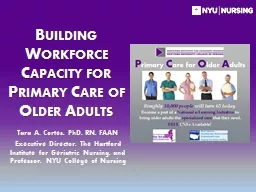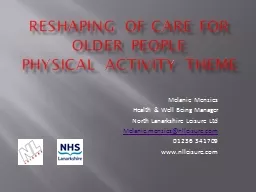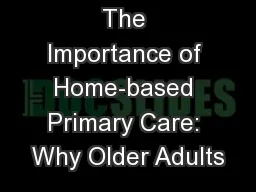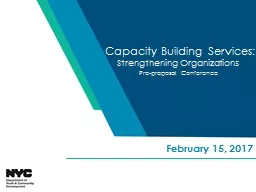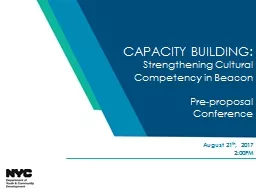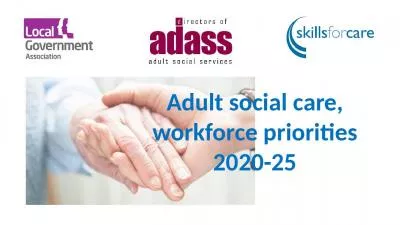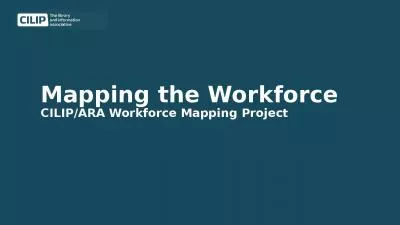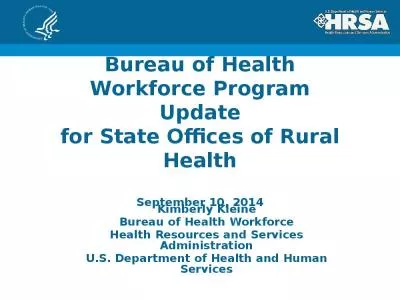PPT-Building Workforce Capacity for Primary Care of Older
Author : pasty-toler | Published Date : 2018-10-23
Adults Tara A Cortes PhD RN FAAN Executive Director The Hartford Institute for Geriatric Nursing and Professor NYU College of Nursing Primary Care of Older Adults
Presentation Embed Code
Download Presentation
Download Presentation The PPT/PDF document "Building Workforce Capacity for Primary ..." is the property of its rightful owner. Permission is granted to download and print the materials on this website for personal, non-commercial use only, and to display it on your personal computer provided you do not modify the materials and that you retain all copyright notices contained in the materials. By downloading content from our website, you accept the terms of this agreement.
Building Workforce Capacity for Primary Care of Older: Transcript
Download Rules Of Document
"Building Workforce Capacity for Primary Care of Older"The content belongs to its owner. You may download and print it for personal use, without modification, and keep all copyright notices. By downloading, you agree to these terms.
Related Documents

